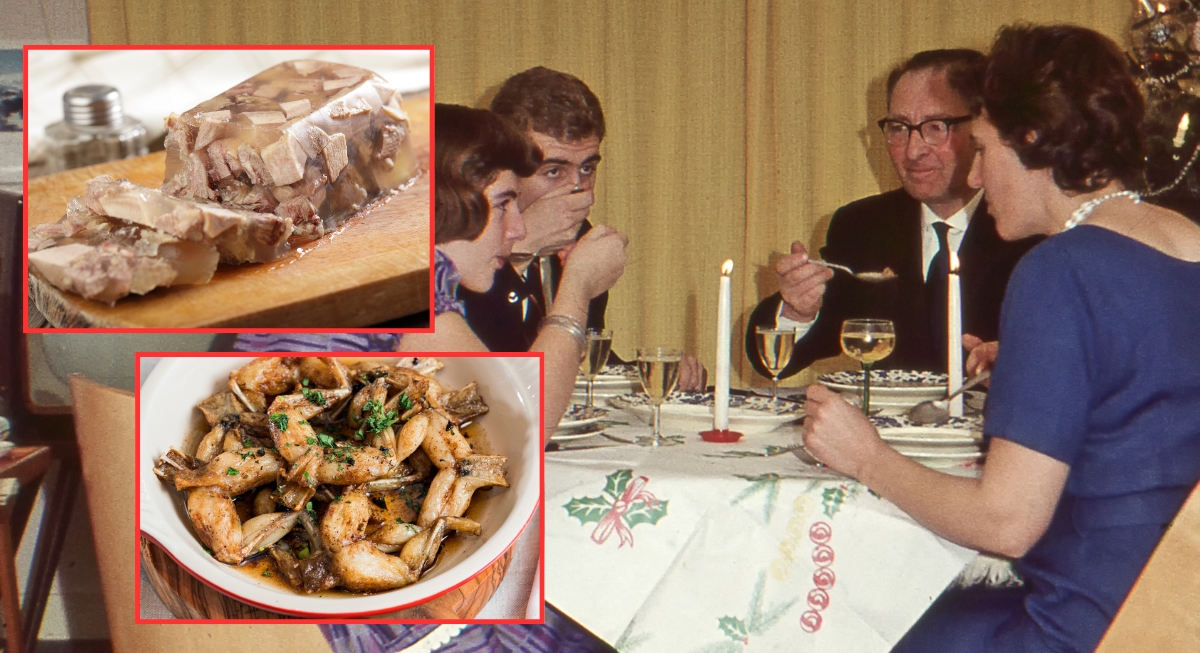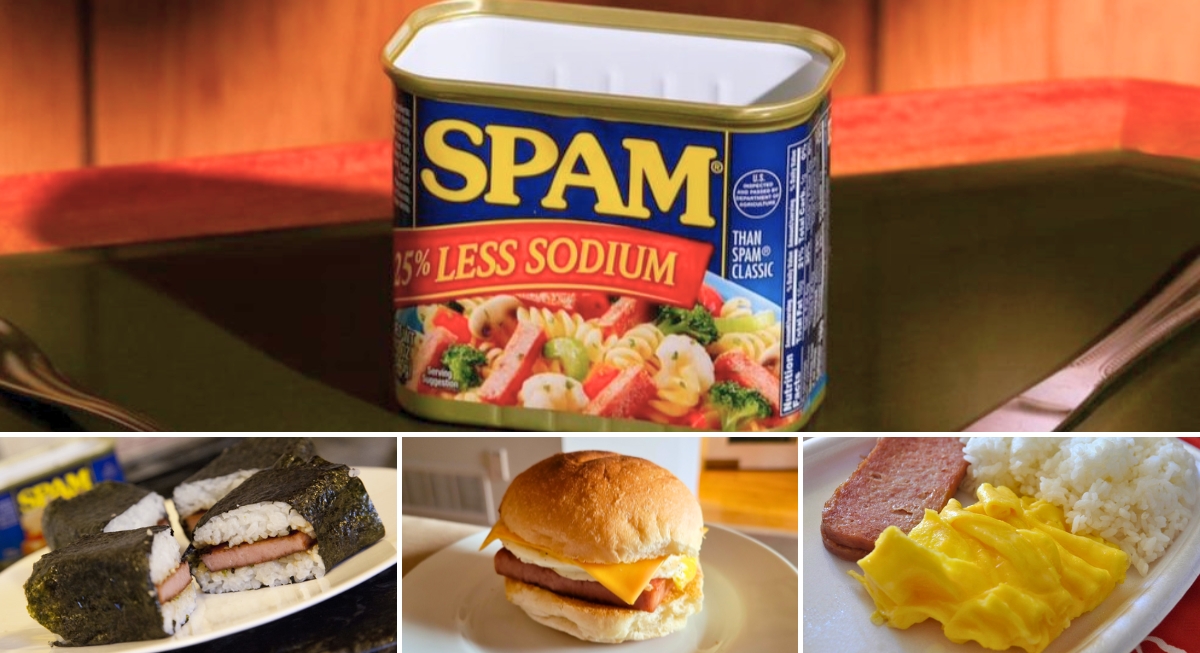Sunday dinners once brought families together over hearty and sometimes downright strange meals. But many classic dishes faded into history as tastes evolved (and we’re pretty happy with some of these forgotten meals, to be honest). These were based on ingredients that people don’t eat much anymore—thankfully!
Let’s look at a few classic Sunday dinners that you probably won’t find on the table anymore—and exactly why they disappeared.
Pickled Pig’s Feet

Credit: flickr
Pickled pig’s feet were once a common dish, often served with beans or greens. The tangy, salty flavor was enjoyed by many, especially in the South, where nose-to-tail cooking was a necessity rather than a trend. The dish was cheap, packed with collagen, and had a long shelf life—so it was a practical choice in an era before widespread refrigeration. It was often served with beans or greens.
Beef Tongue in Aspic
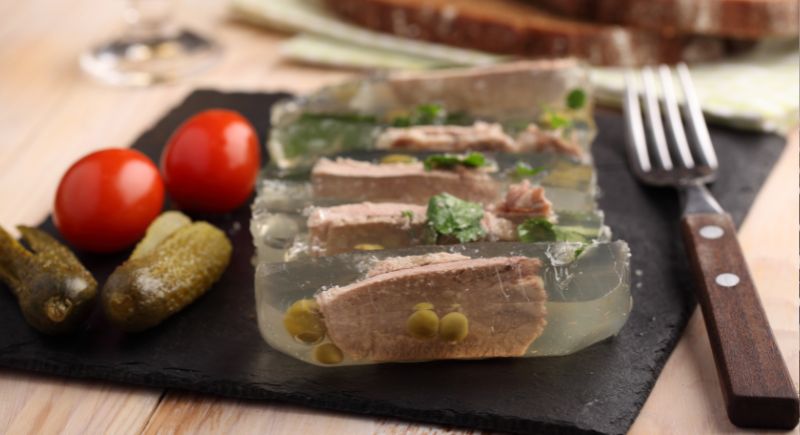
Credit: Getty Images
This dish is exactly what it sounds like: beef tongue floating in gelatin. It featured beef tongue cooked, sliced, and set in a gelatinous aspic with vegetables. Texture-averse eaters and modern plating preferences make this a hard no in most kitchens.
Boiled Calf’s Head

Credit: Getty Images
Boiling an entire animal head—eyes, ears, and all—is hard for people to stomach, literally and in imagination. The lengthy prep, including graphic visuals, and brain sauce are major turnoffs for squeamish home cooks.
Boiled Eel with Parsley Sauce
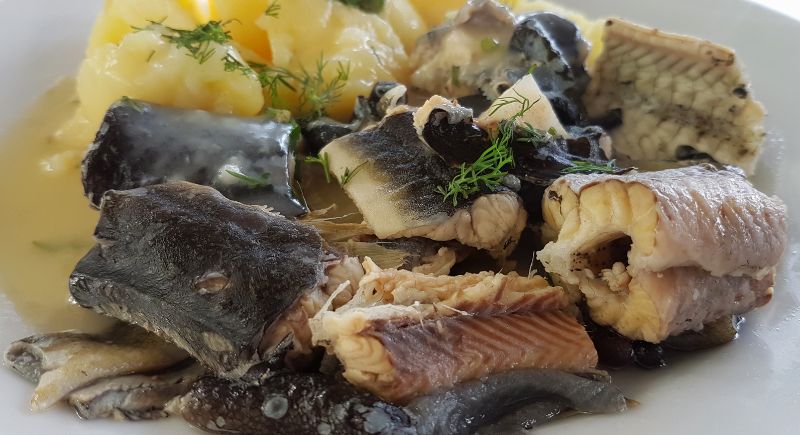
Credit: Wikimedia Commons
Eel was a common source of protein, and the simplest way to prepare it was to boil it with parsley sauce. With time, not only did eel become less available, but its grayish-boiled appearance and slimy texture made it a tough sell in the age of picture-perfect plating.
Frog Leg Fricassee
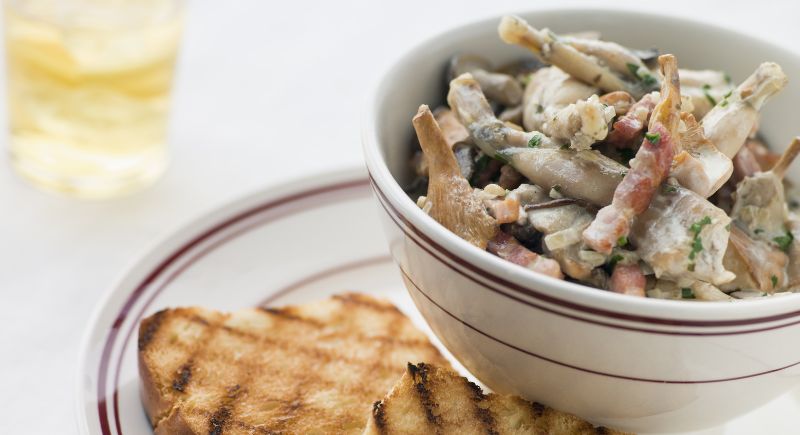
Credit: Monkey Business Images
Wait, what? Frog’s legs? Yes, that’s correct. They did once make classic Sunday dinners, but thankfully, not anymore. Interestingly, a frog’s legs taste like chicken even though they don’t look like it. They were sautéed and simmered in a creamy sauce to create this dish.
Jellied Chicken Loaf
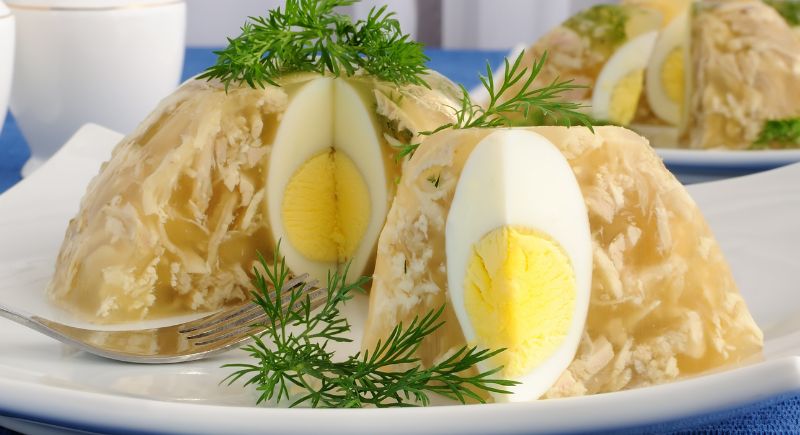
Credit: Getty Images
Gelatin was once a symbol of culinary innovation. Mid-century America loved gelatin-based dishes; this cold chicken loaf was no exception. Now, cold, meat-filled molds seem like culinary crimes. The sight of suspended chicken chunks in a jiggly dome can end an appetite.
Stuffed Beef Heart
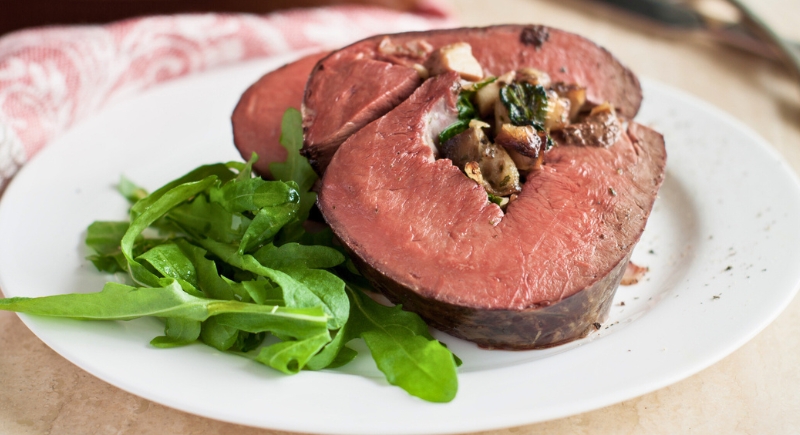
Credit: iStockphoto
Beef heart was a common protein before people favored tender muscle meats. It was stuffed with seasoned breadcrumbs and roasted until flavorful. Organ meats fell out of favor as people started to prefer ground beef over anything that used to beat.
Mock Duck

Credit: Getty Images
The mock duck was made from seasoned wheat gluten to mimic the taste and texture of real duck. This chewy imitation had good intentions and became popular among vegetarians in the early 20th century. However, this dish has mostly been forgotten since we have seitan and tofu as alternatives.
Spam and Lima Beans Casserole

Credit: Instagram
This dish was peak survival mode in casserole form. Spam’s saltiness and lima beans’ mushiness created a one-two punch of meh. It was a go-to meal when fresh ingredients were scarce. With better ingredients now at hand, few are eager to relive this shelf-stable special.
Liver and Banana Casserole

Credit: Getty Images
This daring combo blended sweet and savory in the most questionable way. The liver’s metallic flavor clashed with soft, sweet bananas, yet it managed to make its place on classic Sunday dinner menus.
Hog Maw
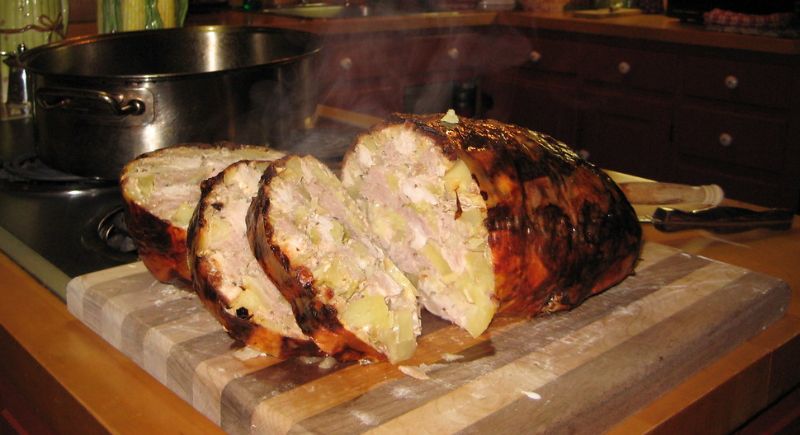
Credit: flickr
Hog Maw involved stuffing sausage and potatoes into a pig’s stomach. But cooking a cleaned stomach lining until tender isn’t precisely a weekend hobby today. The visual alone sends most people running for takeout. Nevertheless, the dish was a staple in Pennsylvania’s Dutch communities.
Sardine Whip
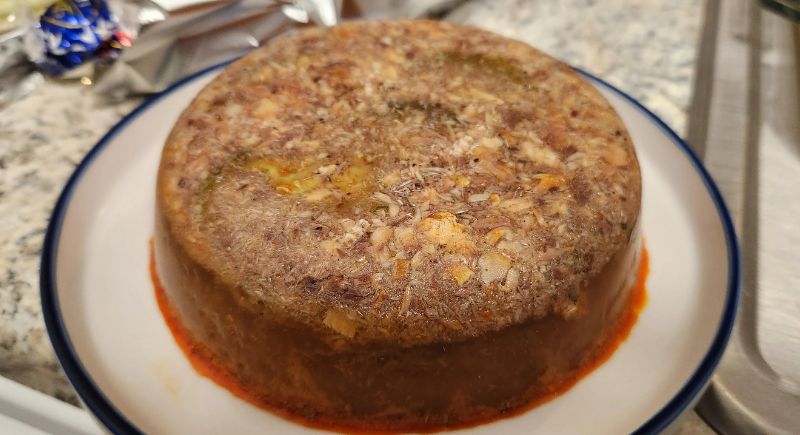
Credit: Reddit
You instantly picture a jiggly, smelly gray blob when you read that name. Well, that’s exactly what this dish was like. To prepare the sardine whip, sardines were blended into a mousse-like dish using gelatin and seasonings. It was served as a spread or appetizer.
Cabbage and Milk Stew
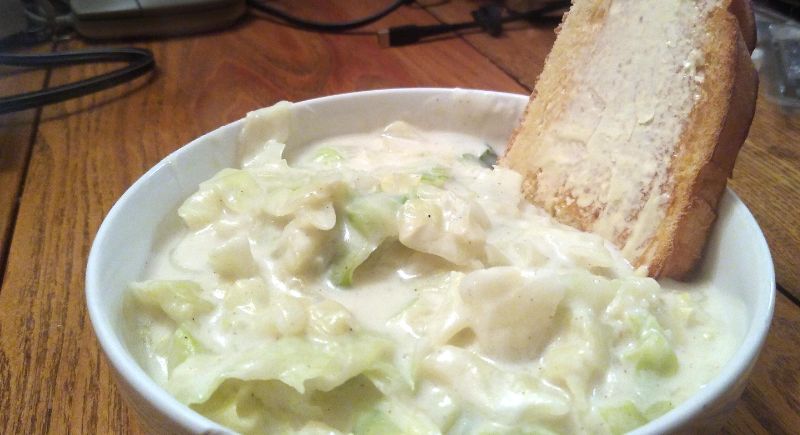
Credit: Reddit
This Depression-era dish boiled cabbage in milk to create a mushy, bland stew. While it filled bellies in hard times, the modern flavor-forward world has no room for soggy cabbage swimming in dairy. Plus, as more flavorful soups and stews became available, this simple dish lost its appeal.
Oyster and Prune Stew
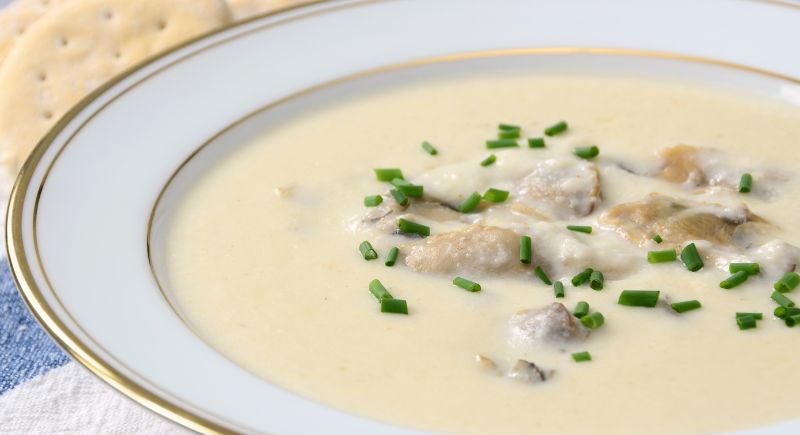
Credit: Getty Images
Pairing oysters with prunes in a savory broth was once considered gourmet. People enjoyed the contrast of sweet and briny flavors. Since then, seafood dishes have moved toward simpler preparations, and the idea of mixing shellfish with dried fruit has faded from the dinner table.
Tripe and Onion Casserole
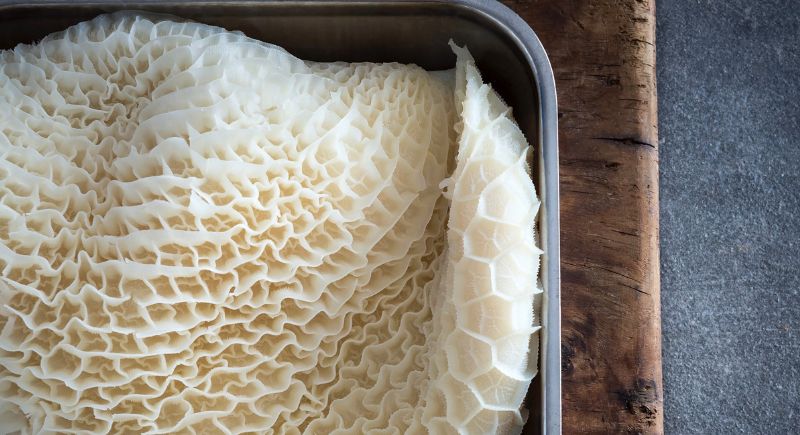
Credit: Facebook
This budget-friendly dish was a common find as a classic Sunday dinner option, but it didn’t last. Tripe’s chewy texture and intense aroma demand serious commitment. While it made sense economically, baking stomach lining with onions isn’t a weeknight win.

